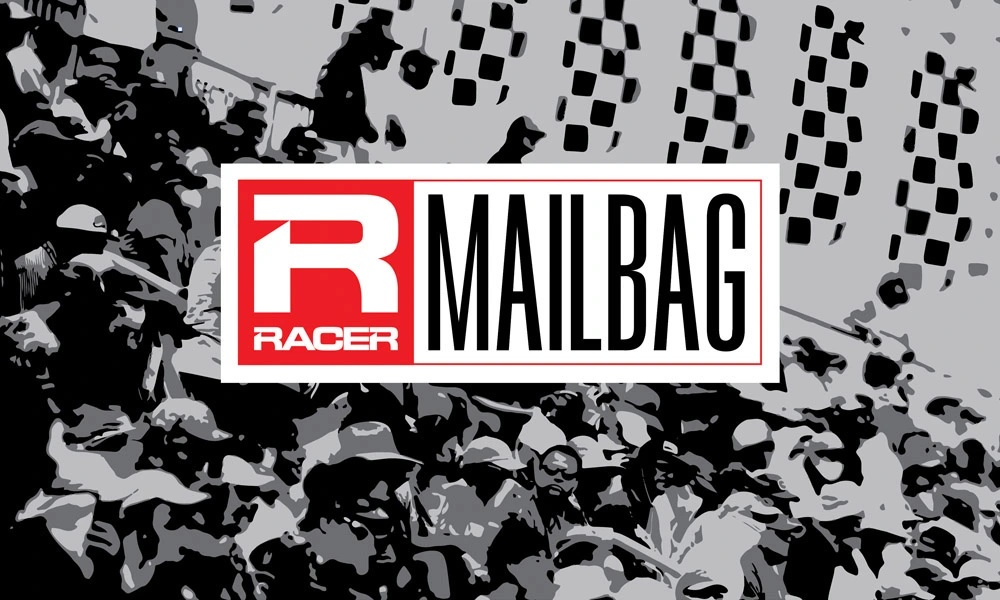Q: Congratulations to IndyCar, Honda and Chevy for a successful start to the hybrid era. They have created a solution to a problem that didn’t exist. Added weight, cost and complexity is the future? I’ll take the past where 2.65-liter V8s screamed at every track. Did they listen to the fans at all? My daily driver makes about as much HP as a current IndyCar from a big supercharged V8. That’s what I want. Honda, Chevy and IndyCar should think about what the consumer wants. It’s not hybrid or electric.
Frustrated in Houston
MP: The hybrid has become the go-to source of blame for whatever frustrations are held.
Chevy and Honda aren’t here to give you the racing powertrains you or I want. (The 2.65L formula will never be beaten). They’re here to use racing to sell cars, and with greater demands from manufacturers to race something that’s closer to what they sell, two of the three major circuit racing series in the country in IndyCar and IMSA have gone hybrid with their marquee cars. NASCAR hasn’t, but they’re an outlier. And when the other super popular circuit racing series comes to the U.S. for its three races, it become three of the four top series with F1.
I feel like a broken record here, but if you want a vintage racing series, IndyCar can go back to our favorite engines, and go back to 2007 Panoz DP01s, and we’d be the happiest people at small events because once the manufacturer money leaves, the whole thing collapses. TV ads, event sponsorships, partially-subsidized engine leases, and all manner of other things that keep IndyCar afloat come from manufacturers spending big, and they spend big to race with powertrains they consider to be relevant. That was different 25 years ago, and those times were amazing, but times have changed.
Toronto, IndyCar’s first hybrid street race, was just like any other recent edition of the event. Hybrid powertrains didn’t take away from the racing in any way. Iowa was a stinker due to tires. And Mid-Ohio was a strategy race due to the lack of cautions.
The one thing that could change the conversation is the upcoming oval races. If Firestone can get the degradation right at WWTR, Milwaukee, and Nashville, we can isolate the racing product on the hybrids alone. And if the racing is great, then maybe we can put the blame-hybrids-for-everything routine to bed.
And if the tires are well-matched to the three ovals, and the racing is bad, we can point directly to the hybrids and start asking hard, merit-based questions — not the opinion-based ones we have now — and use facts to call for changes.
Q: Is Simon Pagenaud ever likely to return to IndyCar as active driver in full health?
Tom Fitzgerald
MP: As a full-timer? No. With all of the young talent currently in the series and the abundance of Indy NXT and F1/F2 drivers hunting for seats, there’s no market I can think of for Simon to make a season-long return. But he’s a prized operator at the Indy 500. Any team with an extra entry would be wise to go make some money with Pagenaud in May, provided he’s cleared.

Q: I have attended multiple races within the UK: MSV-owned Snetterton and Brands Hatch, BRDC-owned Silverstone for BTCC, and the one British GT race. In the UK, if a car leaves the track in a dangerous position or area, the marshals immediately raise a yellow flag and activate the boards and the in-car warning lights. This process is typically swift (like immediately), and race control has virtually no impact; it only updates the safety car (a full course yellow) or red flag if needed.
How does this work in the U.S.? From what it looked like, the yellow flag/light board only triggered once Marcus Ericsson crashed into Pato O’Ward, and it took another few seconds for it to go FCY. Do the local marshals not have the ability to throw a yellow immediately (flag and board)? Or is this partly race control?
Open to being wrong, but it does feel that local yellows are slower.
Dan Mayhew
MP: Our marshals can do all of the same things. There’s a local light panel activation button, but our corner workers, who are often referred to as flaggers, have that nickname for a reason, due to their training and priority in waving whatever flag is needed in the moment.
In the quick-fire heat of a late-race restart, with drivers funneling from four- or five-wide into single-file through Turn 1, I think what we saw at Toronto was a general eyes-forward focus from most drivers on the narrowing path getting into the corner in that restart, and not a eyes-wide approach where spotting flagging station(s) with yellow flags being waved was the priority in the moment.
And since drivers are accustomed to having lights on their steering wheel pop up and flash when there’s a caution, my guess is that most who trailed Pato had their eyes locked heading directly into Turn 1, knew the lights would catch their attention if a FCY was triggered, and relied on that comfort while charging through the corner.
